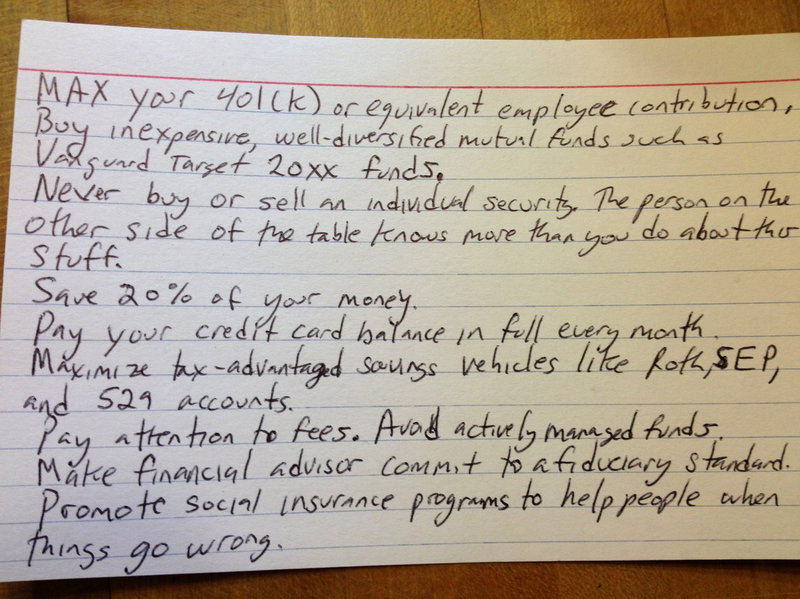 |
| The book inspired by the card may be found here.
The Freakonomics podcast here and the show on NPR here. |
The missing piece in the curriculum
This comes as no surprise. Despite being one of the most important topics to prepare students for success in the world, financial literacy is woefully missing from our curriculum. You won’t find it in many classrooms, nor is it included in many pre-service teaching programs. This despite the fact that students and teachers believe and understand the importance of learning this in school.
Some wonder if this could this be intentional. Hmmm...who could possibly benefit from that?
Some teachers try to combat this by bringing programs into the classroom from learning platforms such as EverFi’s Financial Literacy or they introduce students to popular apps like Credit Stacker. However, giving students an app or providing them with a digital interactive is one thing, but how do you know teachers are really prepared to teach this effectively?
Credentialing teachers in financial literacy
The Global Financial Literacy Excellence Center (GFLEC) at George Washington University has an answer. They have partnered with Digital Promise to provide open access to 20 financial literacy micro-credentials that support educators as they help students develop personal finance skills. The micro-credentials include practical advice on topics such as credit cards, building credit, savings strategies, student loans, tax basics, comparing banking options, and automobile insurance.
Standards alignment
Each micro-credential is research-based, aligned to personal finance national standards, and includes resources to use with students such as simulations, real-world learning, and game-based learning activities. To earn the micro-credential, educators must submit required information that will be evaluated by assessors using a scoring guide and rubric. Submissions include items such as an explanation of your teaching methods and strategies, work examples and artifacts, and reflections from students and the teacher. Here is a sample of what that looks like for the Banking Services and Costs micro-credential where students compare banking options and select a bank.
If assessors determine the educator has successfully demonstrated competency, they earn a micro-credential in the form of a digital badge which they can display on their resume, LinkedIn profile, social media sites, and email signature to demonstrate their skillset and stand out from the rest. Because micro-credentials are competency-based, the learning is made visible allowing an interested party to in essence, look under the hood, and see all the elements that lead to acquiring competency in this skill or area. There is also an option to receive graduate credit from accredited university partners such as University of San Diego and Portland State University.
Today’s innovative educators know the importance of teaching digital literacy, computer literacy, media literacy, and news literacy. Now innovative educators have a way to ensure students are prepared for success with financial literacy as well.









